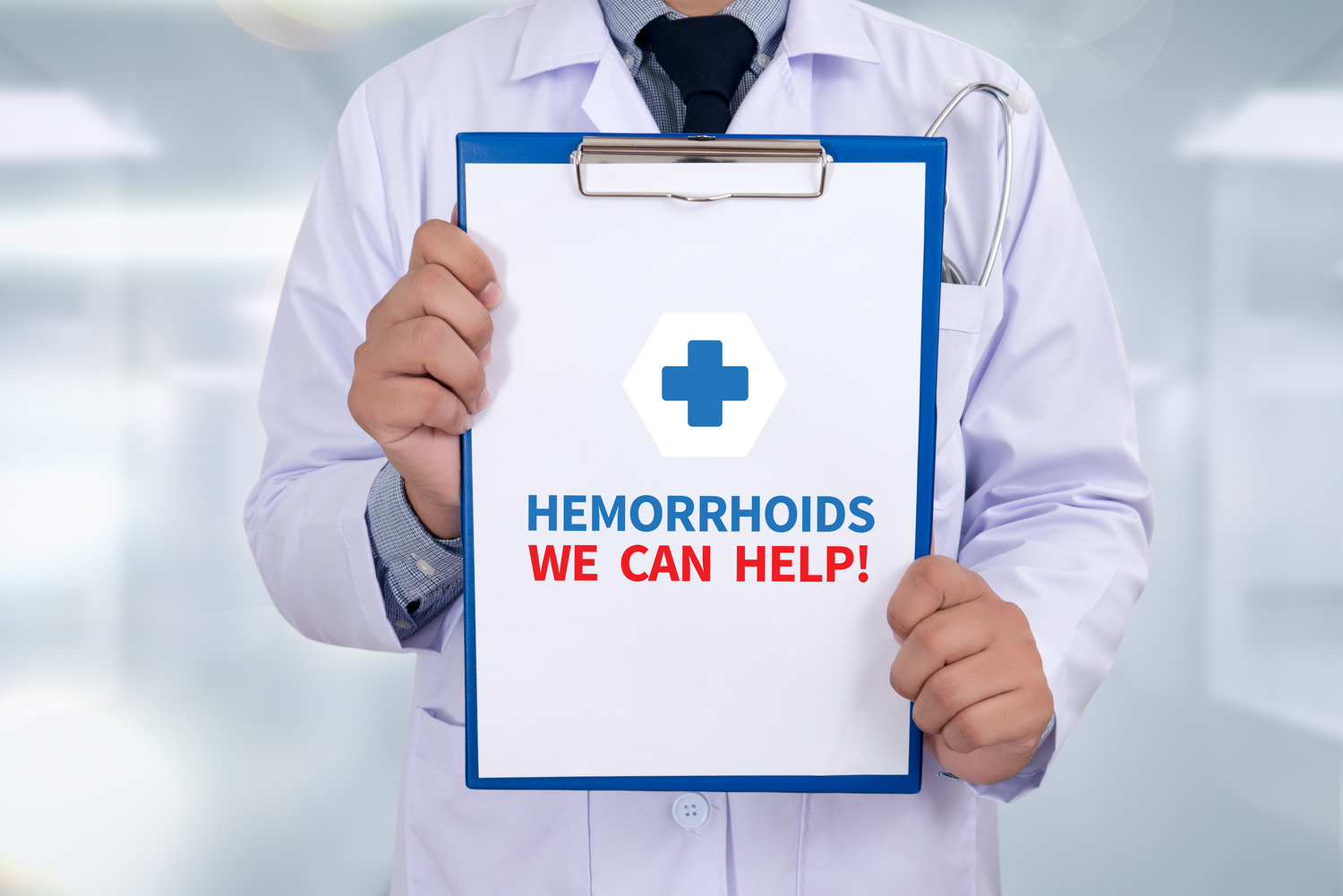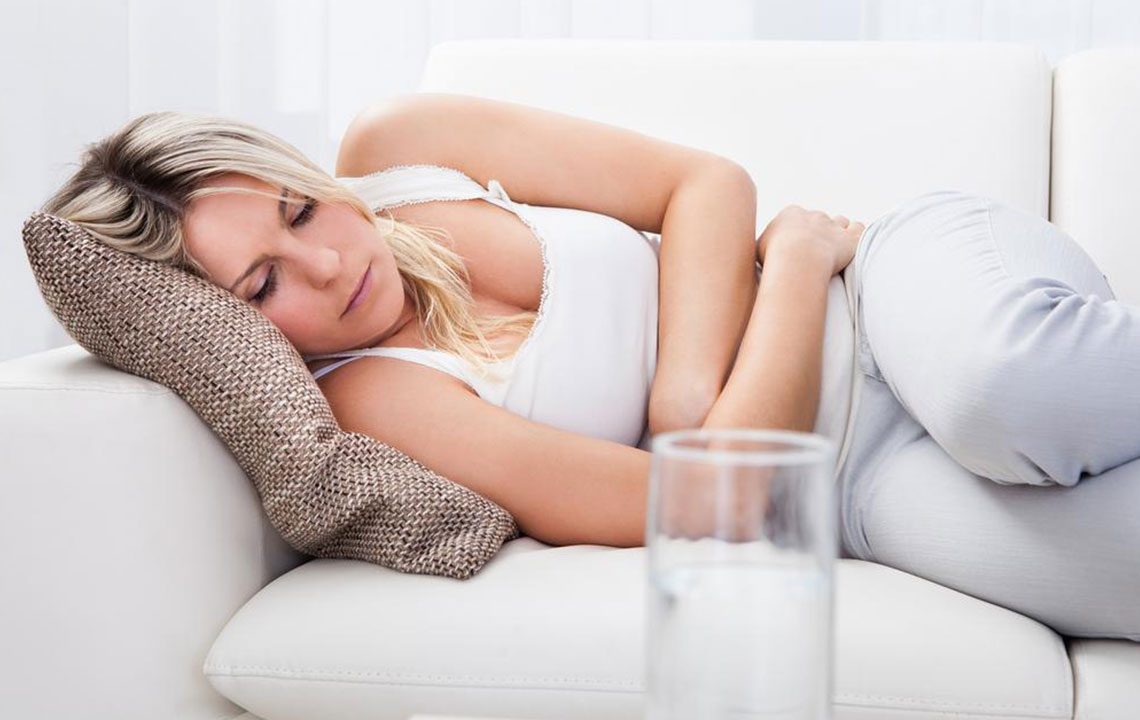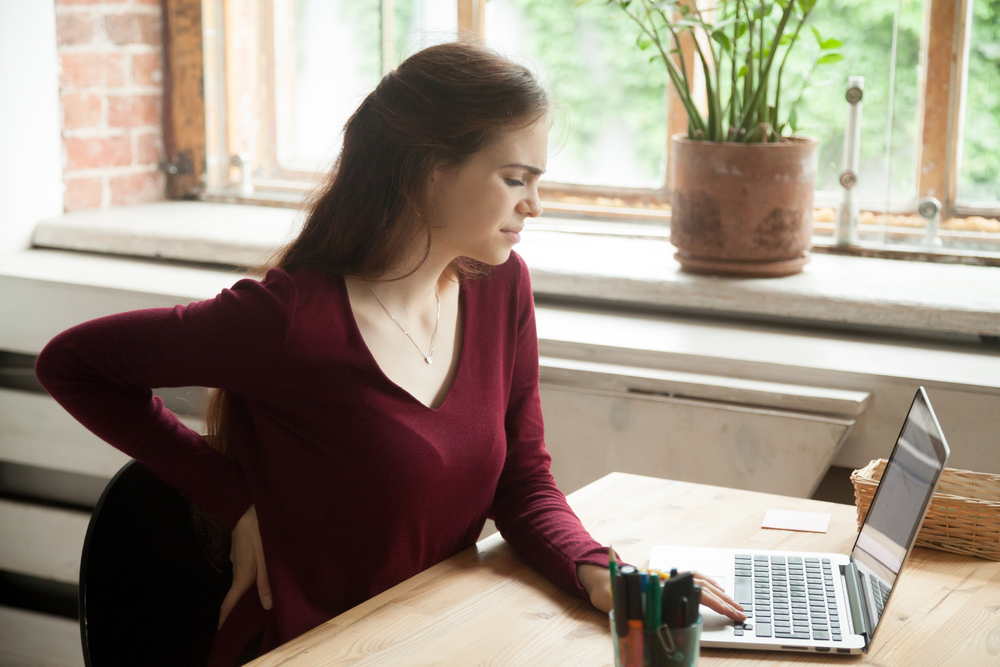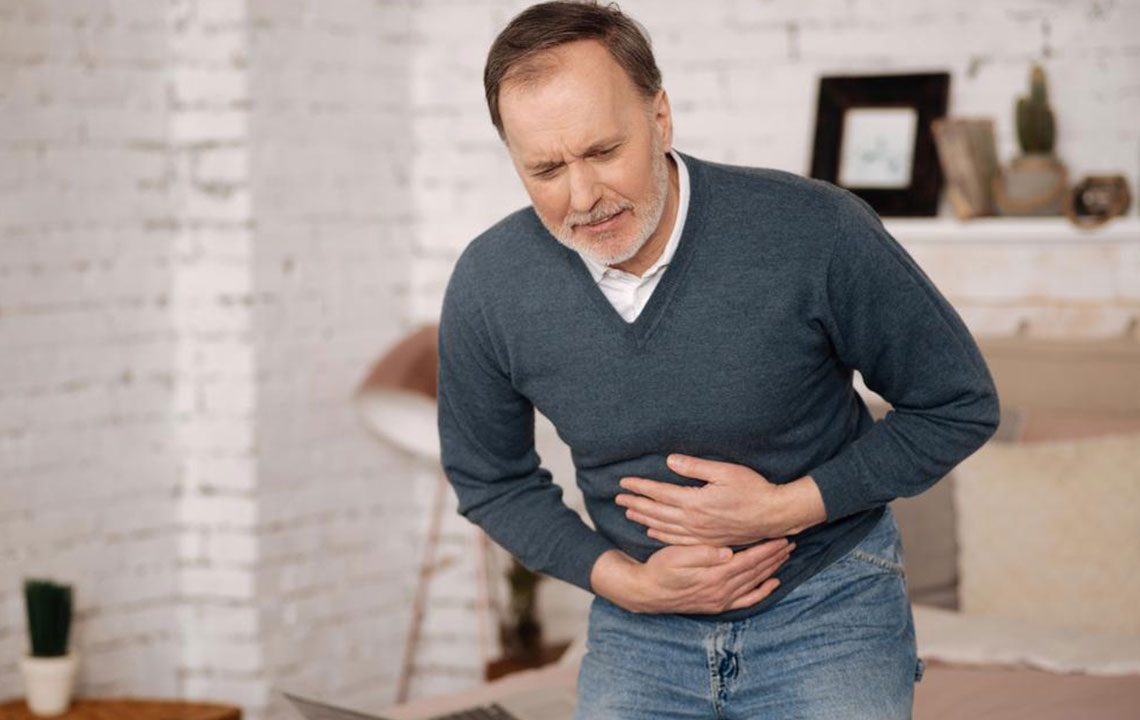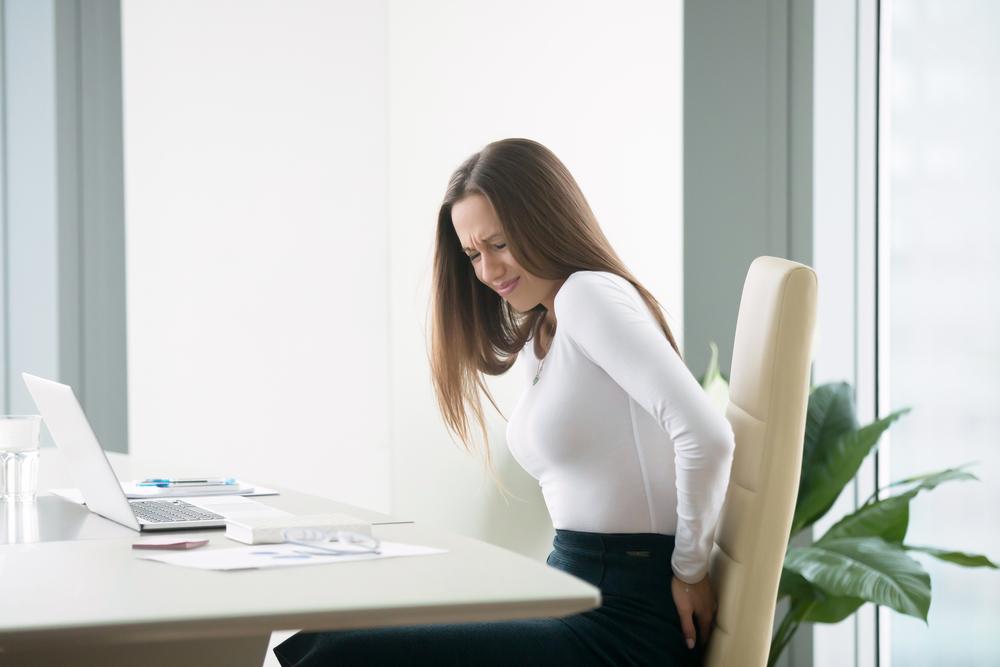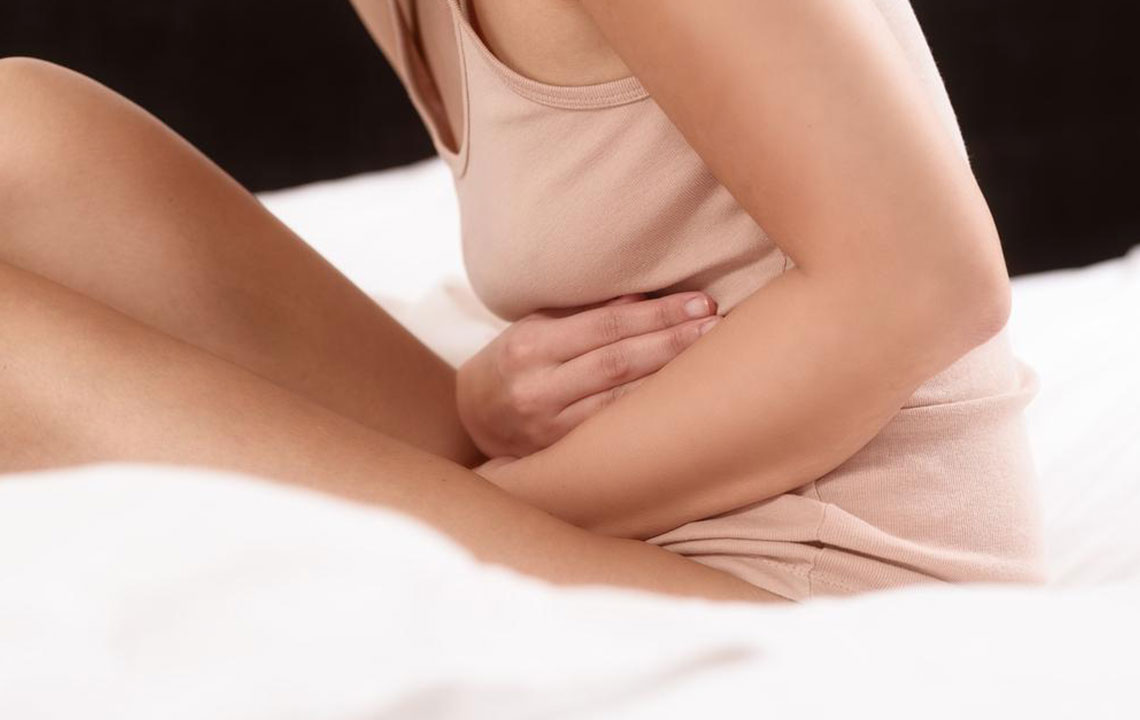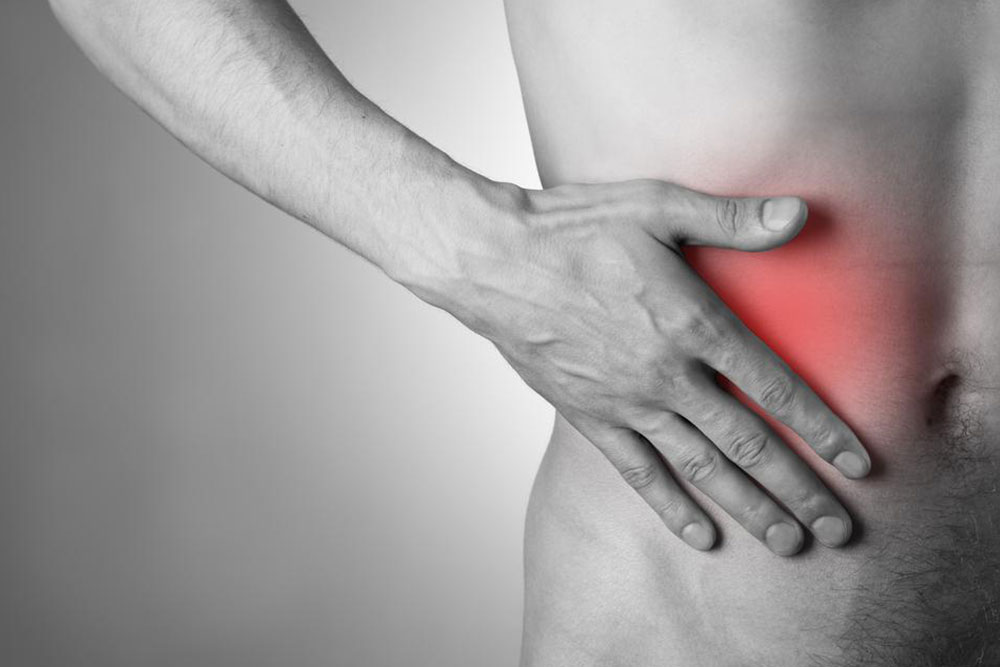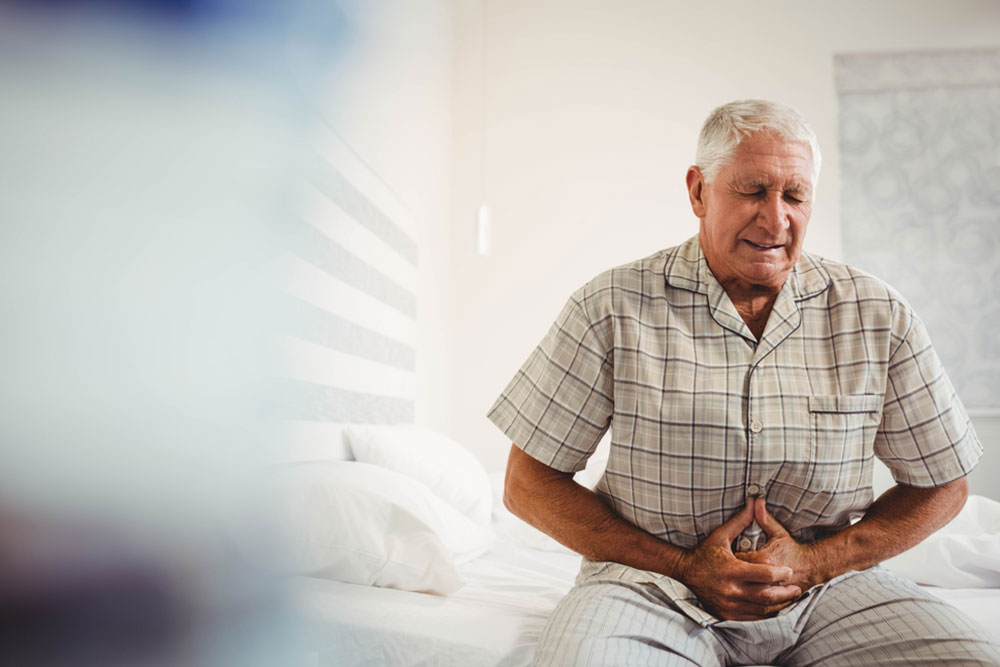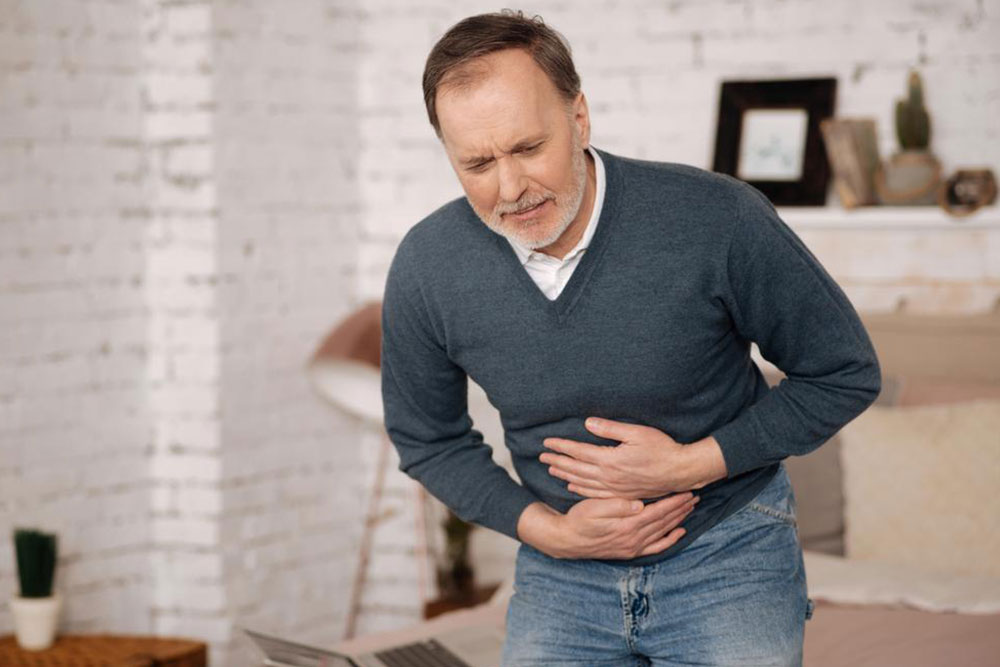Understanding Hemorrhoids: Causes and Effective Treatments
This article provides a comprehensive overview of hemorrhoids, detailing their causes, symptoms, and available treatments. It emphasizes early diagnosis and lifestyle changes for effective management, including dietary tips, topical remedies, and when to seek medical procedures. The aim is to educate readers about preventive measures and treatment options to alleviate discomfort and prevent complications.
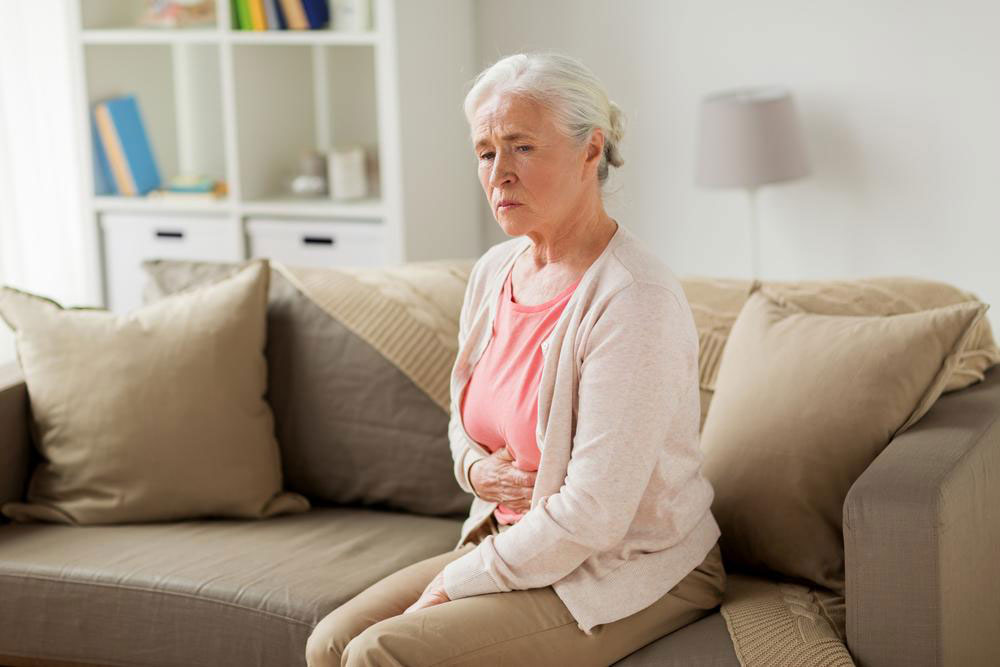
Understanding Hemorrhoids: Causes and Effective Treatments
Hemorrhoids involve swollen blood vessels near the anal area. They are incredibly common, affecting a significant portion of adults, with many experiencing symptoms at some point. Blood clots can also form within hemorrhoids, causing severe pain. Bleeding during bowel movements is a typical sign. Although the precise cause isn’t fully clear, several factors contribute to hemorrhoid development, along with identifiable symptoms. Treatment options range from lifestyle changes to medical procedures, making managing this condition achievable. Prompt diagnosis and intervention are essential for relief.
Straining during bowel movements: Excessive straining puts pressure on anal veins, leading to hemorrhoids.
Extended sitting on the toilet: Sitting for long periods increases pressure on hemorrhoidal blood vessels.
Chronic constipation or diarrhea: Both conditions exert stress on rectal blood vessels, causing swelling.
Obesity: Excess weight strains existing blood vessels, promoting hemorrhoid formation.
Pregnancy: Uterine enlargement presses on rectal veins, and hormonal shifts weaken supporting muscles.
Previous rectal surgery: Past surgeries can weaken rectal muscles, raising risk.
Spinal injuries and posture: Poor posture or spinal trauma can increase vulnerability to hemorrhoids.
Treatment Options
If diagnosed early, hemorrhoids can often be managed effectively. Treatments include dietary modifications, topical remedies, and lifestyle adjustments. Increasing fiber intake with fruits, vegetables, and whole grains softens stool, easing defecation. Topical corticosteroid creams can reduce inflammation, while warm sitz baths soothe pain and cleanse the affected area. Using moist wipes instead of dry toilet paper minimizes irritation. For mild cases, over-the-counter creams suffice; severe cases may require procedures like injections or rubber band ligation for relief.

